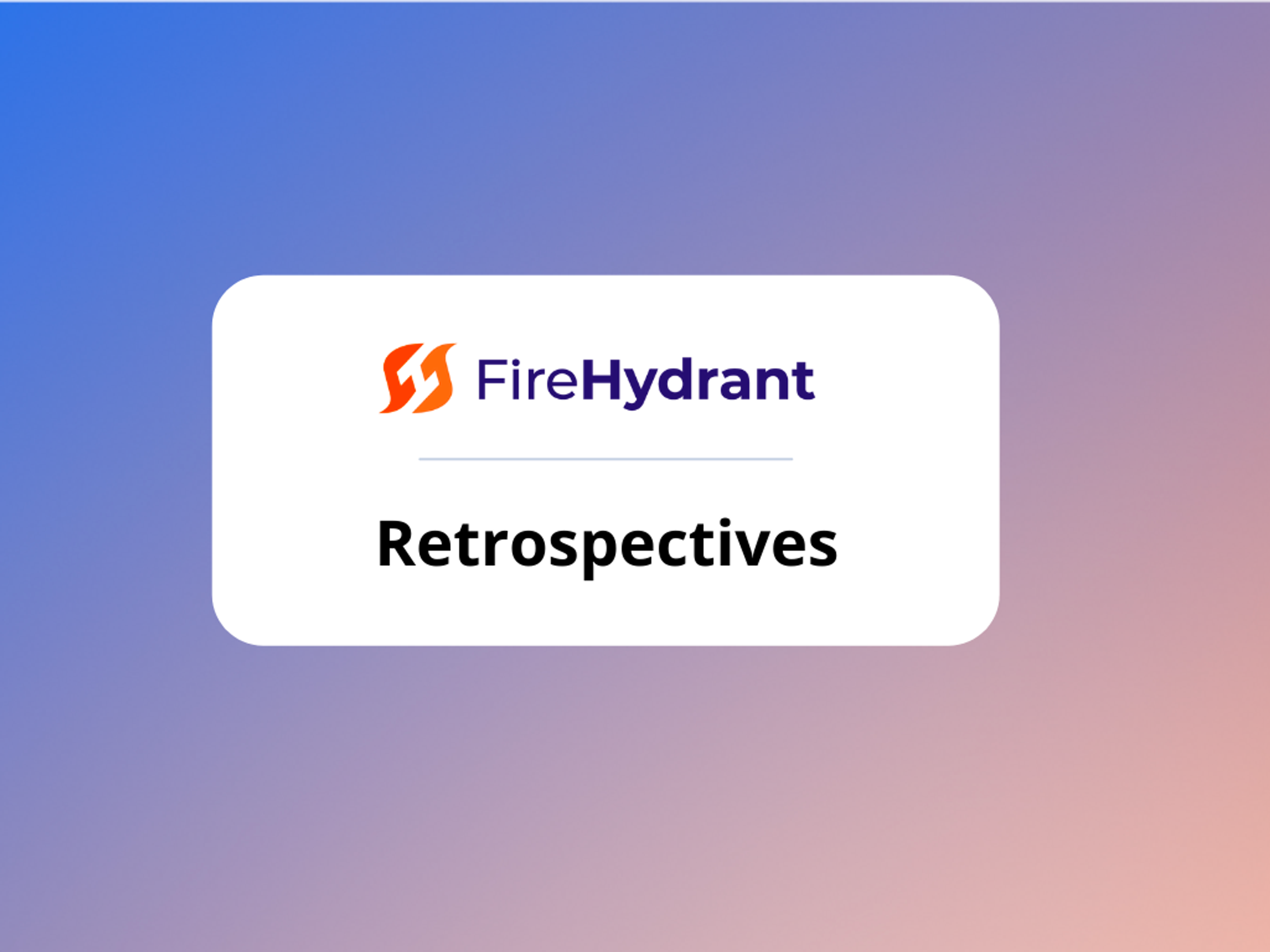
Product update: ensure consistent data across all your retros with two new features
FireHydrant gives you a framework to run retrospectives. Now we're creating a better way to learn and analyze from retrospectives by guaranteeing consistent data and volume from your team.
See FireHydrant in action
See how our end-to-end incident management platform can help your team respond to incidents faster and more effectively.